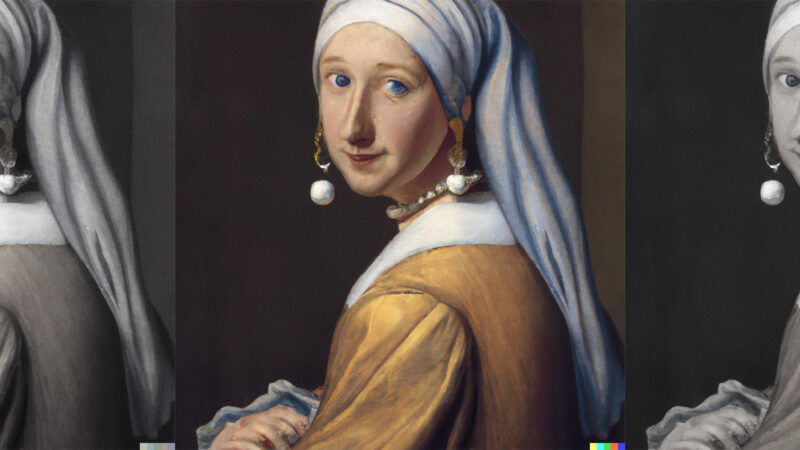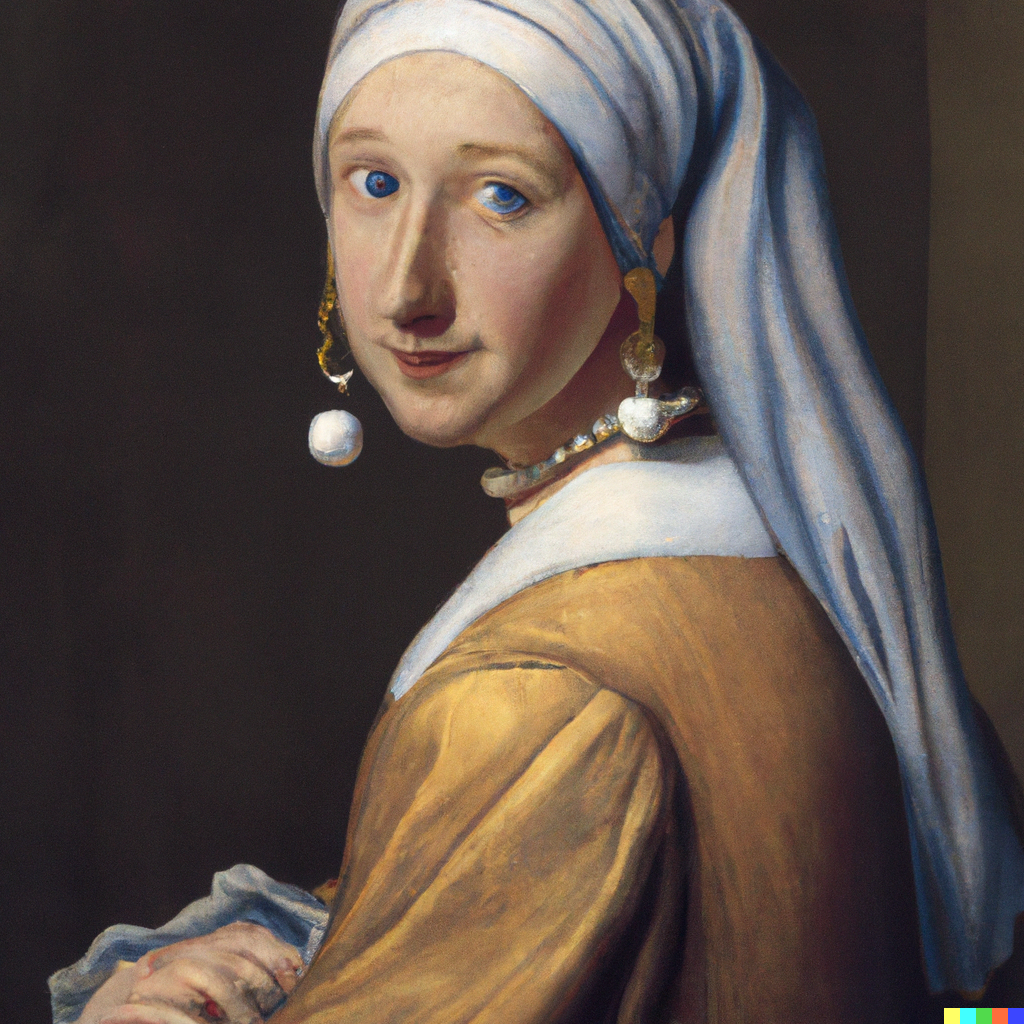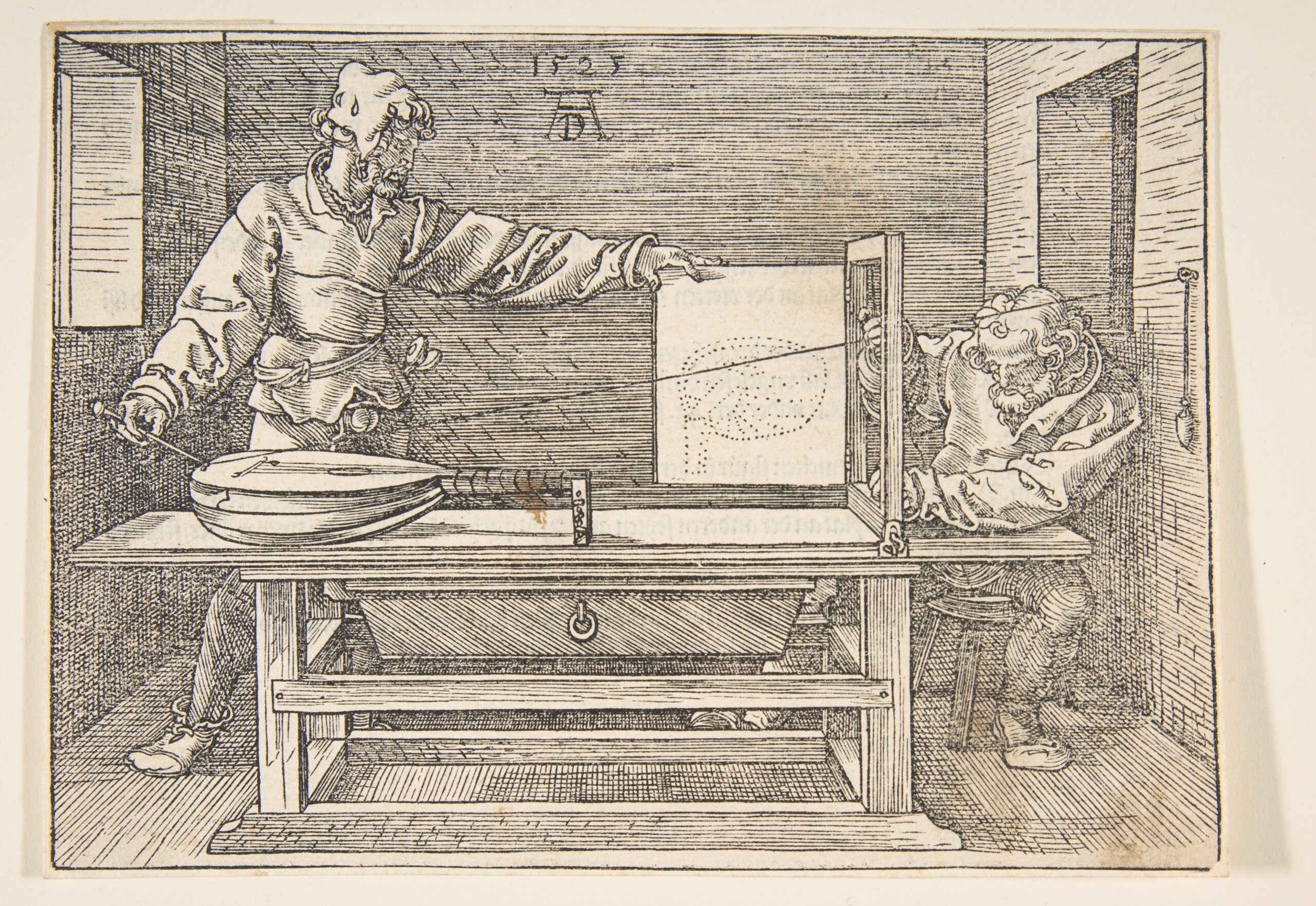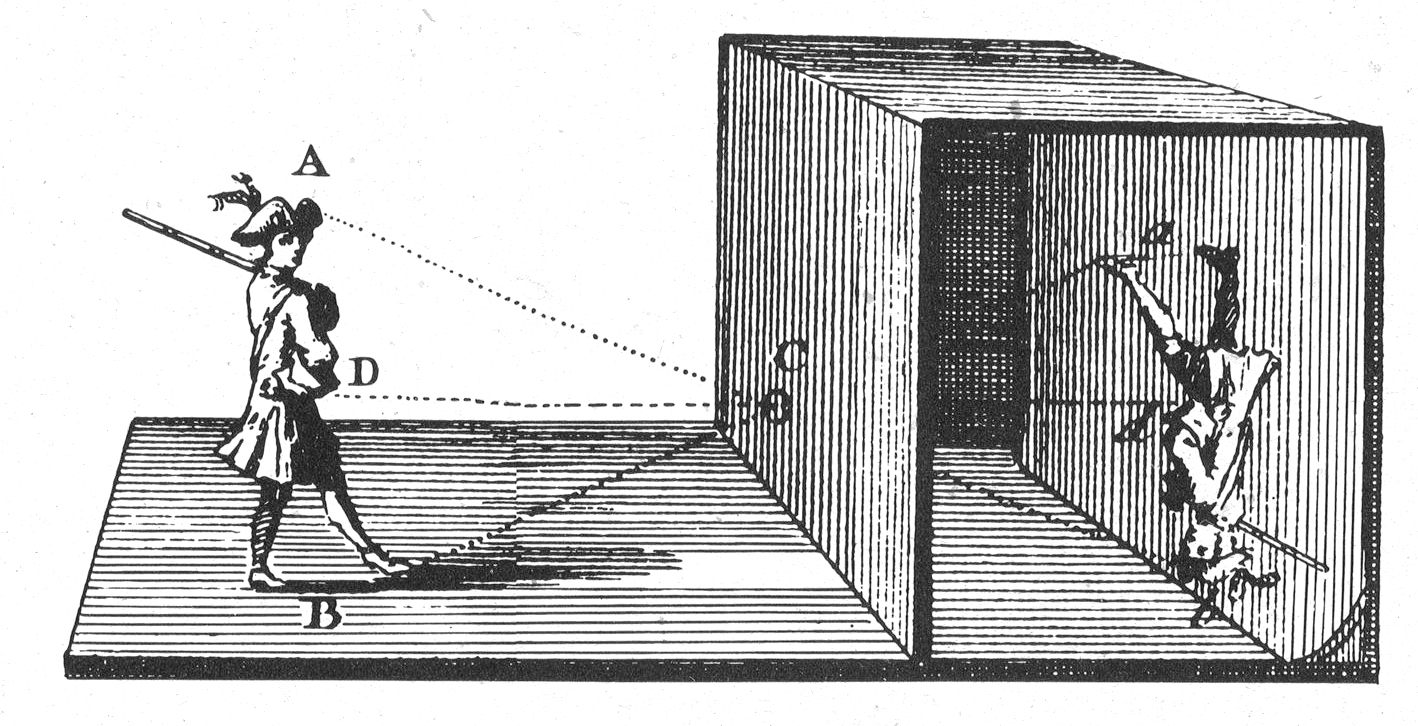What Are the Bots Doing to Art?
The same thing tech has always done.

Millions of people are currently flocking to Amsterdam to see the works of Johannes Vermeer, a show which is sold out for its whole run. These paintings are paradigms of art, the sort of thing that gives the word art its meaning. Vermeer signed them because he was the one who made them; the man and the work are in some sense the same. When I think about art generally, I picture a Vermeer or Leonardo painting, a Michelangelo or Rodin sculpture. A reasonable first stab at giving a definition of work of art would be to point at some Vermeers and Rodins: Those things, and things like them in relevant respects, are works of art.
Many of the people headed to the Vermeer show, I suspect, are specifically looking for a direct "unmediated" encounter with actual objects. You can see the images online, of course, or in books or on posters: Indeed, you can't really avoid Girl With a Pearl Earring, which seems to be appearing in all media all the time at the moment, and in many forms, including as the most popular trope in artificial intelligence (A.I.) image generation. But the actual physical surface to which the hand of Vermeer applied the oil and pigment, and which has been loved and preserved ever since, is meaningful, directly expressive, and priceless, in the way that an excellent JPEG of it, or the response of DALL-E to the prompt "me as Girl With a Pearl Earring" still isn't. Going to the Rijksmuseum might not exactly be escaping from information technology (you'll be touring via app, probably) but it does yield experiences of objects that were made before such technologies could have been conceived. This is, no doubt, part of their power for us now: They seem so pre-post-human, that is, so human.

The meaning of a Vermeer in part derives from the fact that Vermeer was not, as far as art historians have been able to determine, a bot like DALL-E, one of a number of ever-more-sophisticated image generators that are being released and refined daily. (One of the latest – Adobe's Firefly – may be the best.) Vermeer's paintings seem to be direct expressions of human emotion—perhaps his characteristic tone is "serenity," which is one of the reasons he is beloved—and embodiments of skill. But what is DALL-E expressing as it trawls the web, conflates thousands of images, and produces, in seconds, the demanded work ("Taylor Swift hits a bong in the style of Picasso," for example)?
What's wrong with bot art cannot be the sheer fact that the images apps produce are technologically mediated. All art is by definition technologically mediated. Indeed, if there is an ancient Greek word for art, it is technē, and if there is an ancient Latin word for technology, it is ars. Perhaps art mediums just are technologies and vice versa. Artists have, in general, been bold to adopt new technologies, which have often enhanced their craft and their expression.
The Italian Renaissance featured many fundamental advances, such as perspective, a fundamental technique for producing a virtual or simulated space. Artists (Albrecht Dürer, Vermeer's great model, most famously) unashamedly made use of various devices to achieve it. They still do.

The artist David Hockney is one of many who have held that Vermeer himself employed a camera obscura—a darkened chamber in which an image of what is outside can be projected, reversed, onto a wall—to produce his images, perhaps even tracing them off the screen. But as Svetlana Alpers and other art historians have argued, the many technological innovations produced by 17th century Holland's scientific and commercial explosion, particularly with regard to lenses, were immediately adapted to the production of images.

Abelardo Morell is one of a number of artists who are still making use of the camera obscura, or even presenting camera obscura images as finished works of art, one of many indications that technologies can be superseded without being eliminated: Old technologies tend to remain as possible techniques, reemerging when needed.
Photography emerged as chemical techniques were generated to fix and record images in what was still basically a camera obscura or a dark chamber into which a lens projected an image of what was outside.
The effects of photography on visual arts were entirely transformative, and the question arose in the 19th century, as it does today in the face of A.I. advances, whether art could survive the latest technological transformation. At a minimum, photography directly challenged many traditional beliefs about the nature of art. The oldest definition is that art is the imitation of reality: a "mirror of the world," as Plato put it. Photography entailed that such images could be produced mechanically. Was there any reason to painstakingly paint a portrait when a good likeness could be produced with the push of a button?
But the effect of photography on Western art was rich in revolutionary implications. Mid–19th century painters such as Jean-Léon Gérôme and Thomas Eakins started using photography at every stage of their process (Eakins was an excellent photographer himself), and by the century's end, many or most Western artists did likewise. For example, starting in the 1950s, various "photo-realist" painters projected photographs on a surface and then painted over them, as in a camera obscura. Photography helped drive the whole shape of modern art. The impressionists tried to capture some of its instantaneity and accidental quality, and the post-impressionists and early abstractionists used it as one motivation to abandon decisively the idea of art as the imitation of reality. Photography helped painting and sculpture float free of representing the world.
By the 1990s, most artists were using Photoshop and similar programs to manipulate images, some to produce their final work, many as a compositional tool. I know artists who work in medieval mediums such as stained glass and egg tempera paint but whose processes start on their screens. I don't know any artists whose process doesn't essentially involve information technologies more or less throughout. Heading to a gallery now, every work you see is overwhelmingly likely to be made by techniques centrally involving information tech: video editing, CGI, 3D printing. You can't make Anish Kapoor beans or Frank Gehry buildings or Olafur Eliasson monuments without leaning extremely hard on the apps. Already, we have no idea what the art and architecture of this era would look like without software. The names of the dead on Maya Lin's Vietnam Veterans Memorial were carved using photo stencils and aluminum oxide blasting.
All of this by way of opening a discussion about A.I. and art. In some ways the tech is unprecedented, but then so were each of these advancements as they occurred. A.I. is an even more capable technology, perhaps the first to make us wonder whether the technology or the person using it is the artist, and it makes use of all the previously accumulated technological advances. But if I were predicting, admittedly a very dicey prospect, I'd predict displacement but not disaster. A.I. is already leading directly to changes of style and content similar to the advent of photography. Honestly, it is leading right now to many repulsive and trivial images, but also to some excellent art.


Show Comments (247)